One of the most frequent uses of air on theme park attractions is one that riders encounter even before they board. Airgates, which aren't always air-powered, are a clever invention that allows parks to keep guests waiting to board from getting too close to moving vehicles. Through a simple mechanism beneath the floor, ride operators are able to flip a switch or press a button to simultaneously close gates from between one to dozens of metal or plastic queue gates. Most airgate systems work with a single cylinder that is pressurized with air to move a bar that connects to each of the gates allowing them to open and close together. They are some of the most critical safety systems on theme park attractions, and while many may get annoyed with ride operators screaming, "Don't lean on the airgates!" they play an important role in just about every theme park in the work.
Air is also frequently used as special effects on dark rides. From simple fans to simulate wind like on Soarin', Winnie the Pooh, and Cat in the Hat to more intense wind turbines to simulate motion on Transformers the Ride, The Amazing Adventures of Spiderman, and Curse of DarKastle, air is a powerful tool in the ride designer's arsenal to help create immersive environments.

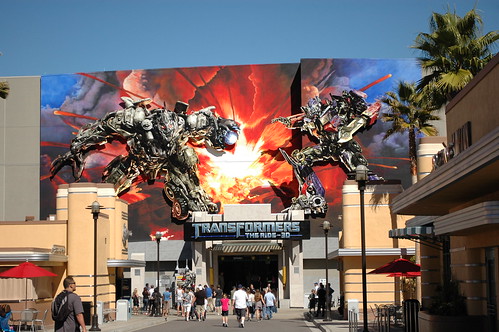
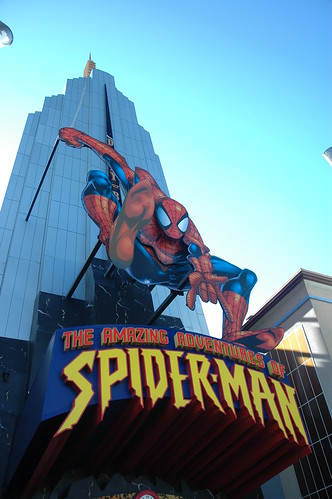
What are relatively simple and straight-forward effects are typically combined with subtle motion and other effects to create a more realistic experience. It might be difficult to conceptualize, but imagine what Soarin' would be like without wind (and those wonderful smells) blowing in your face, or what the anti-gravity room on Spiderman would be feel like without that breeze blowing as the building sets lower, giving guests the impression that they are being launched skyward. When you can't move a ride vehicle quickly, designers typically use fans or turbines and the power of air to create the sensation of speed and quicker movement. Fans aren't just for placing in stifling queue houses to keep guests cool; they have become integral and important tools that are used to make the ride experience more realistic.

While becoming less common in recent years with the advent of magnetic brake runs, air-powered brakes were a hallmark of virtually every major roller coaster in the country. Airbrakes on roller coasters are very similar to airbrakes on commercial vehicles. Compressors store pressurized air in tanks that is then tapped to force high-friction plates to squeeze metal plates mounted on the train. Again, it's a very simple and effective design, but they're not completely infallible. If sensors do not activate the brakes in time or if the high-friction plates are not closing properly, airbrakes can allow trains to go past the brake run into the next block.
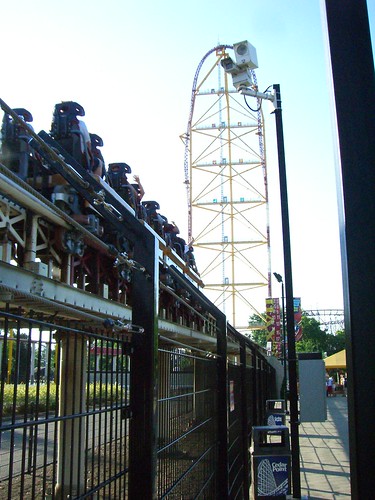
Even some magnetic brake systems use air to control when brake runs are activated. Intamin uses them extensively on their hydraulic launch coasters such as Top Thrill Dragster, Kingda Ka, and Xcelerator, and hypercoasters such as Intamin 305 and Skyrush. On these coasters, magnetic plates are mounted on the end of air-powered actuators that move the plates up and down to activate and deactivate the brake run. On hydraulic launch coasters, the magnetic brakes are lowered during the launch sequence to allow the train to accelerate past the brake run. Once the train speeds past the brakes, they sequentially raise to slow the train in the event of a rollback. Without the brakes activating, a train not going fast enough to clear the highest point of the coaster could speed backwards into stationary trains on the loading platform. As one who has experienced a rollback on Dragster, I'm thankful for the air-actuated magnetic brakes that kept me from crashing into waiting trains.
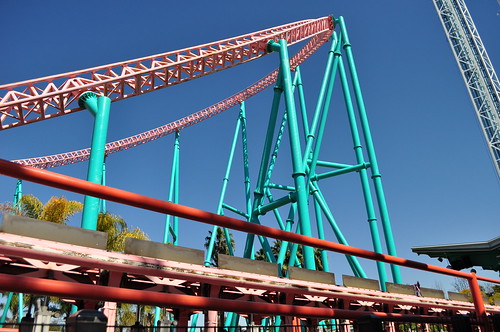

Speaking of air-actuators, the devices are becoming extremely popular, particularly on dark rides. They've been historically used to control audio-animatronic figures and other props, but have recently been employed on ride vehicles as gimble controls.
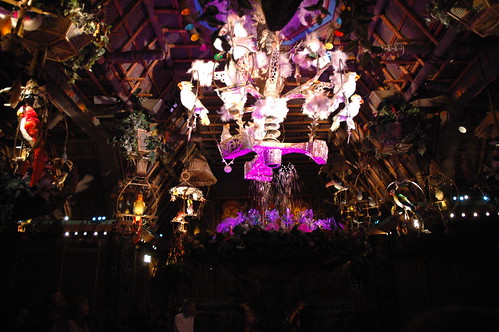
Air-powered actuators are what create the motions on modern dark ride vehicles like Spiderman, Curse of DarKastle, Transformers, and the upcoming Antarctica. While many of these rides make you feel like you're "riding on air" guests are literally riding on a vehicle that has a number of movements controlled by air. Some ride manufacturers are starting to favor hydraulic systems, such as Kuka's Robocoaster technology featured on Harry Potter and the Forbidden Journey, but air actuators on dark ride vehicles are not going anywhere.
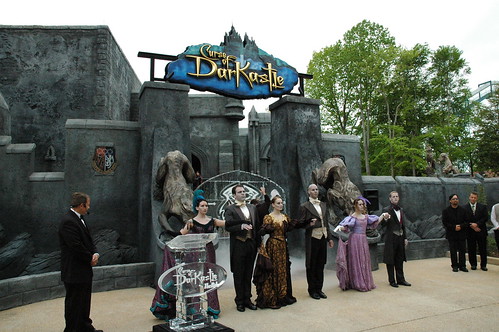
S&S, the undisputed kings of air, have been using compressed air to power just about every ride they manufacture. From massive tower-style rides to huge "sky swat" flat rides to roller coasters that launch trains just like planes off the deck of an aircraft carrier, S&S has harnessed air to create immense acceleration vectors and even held the world roller coaster speed record for a short time with Dodonpa. While its only US coaster, Hypersonic XLC, was removed at Kings Dominion, S&S established a hard-core fan base that adored the extreme acceleration rates that were even more intense than Intamin hydraulic launch coasters. Unfortunately, maintenance issues with the launch system and trains, along with an extremely low capacity ultimately were Hypersonic's demise. However, the technology lives on in attractions like Sky Swat, Power Tower, and Big Shot.
Most theme park guests probably don't think about how elemental components are used to make their experience more immersive or enjoyable. Air is such a basic part of our world, and theme parks use air in a variety of ways. From creating immersive environments, to realistic movements, to exerting extreme forces, air is a very powerful tool to make amazing attractions. We all breathe it and touch it every day, but theme parks harness air to perform a variety of tasks, and without it, some of the most important innovations and iconic theme park attractions would not even exist.
Tweet
That being said, the acceleration on that ride was amazing and it was smooth because of the tires they used on the cars.
This article has been archived and is no longer accepting comments.